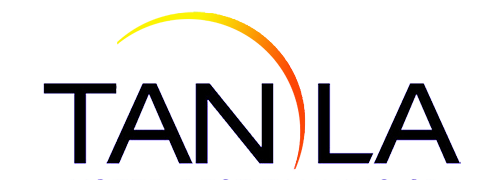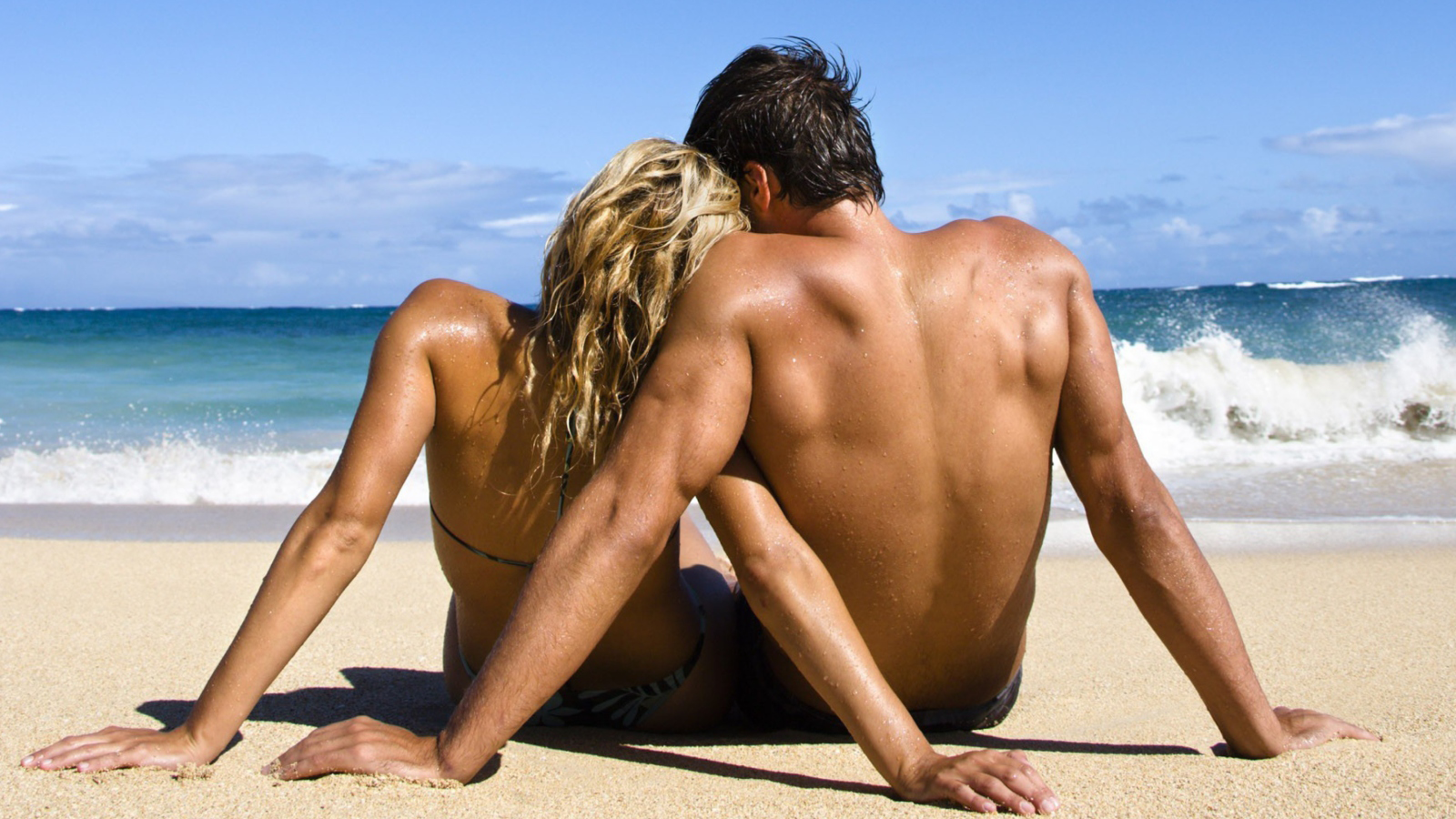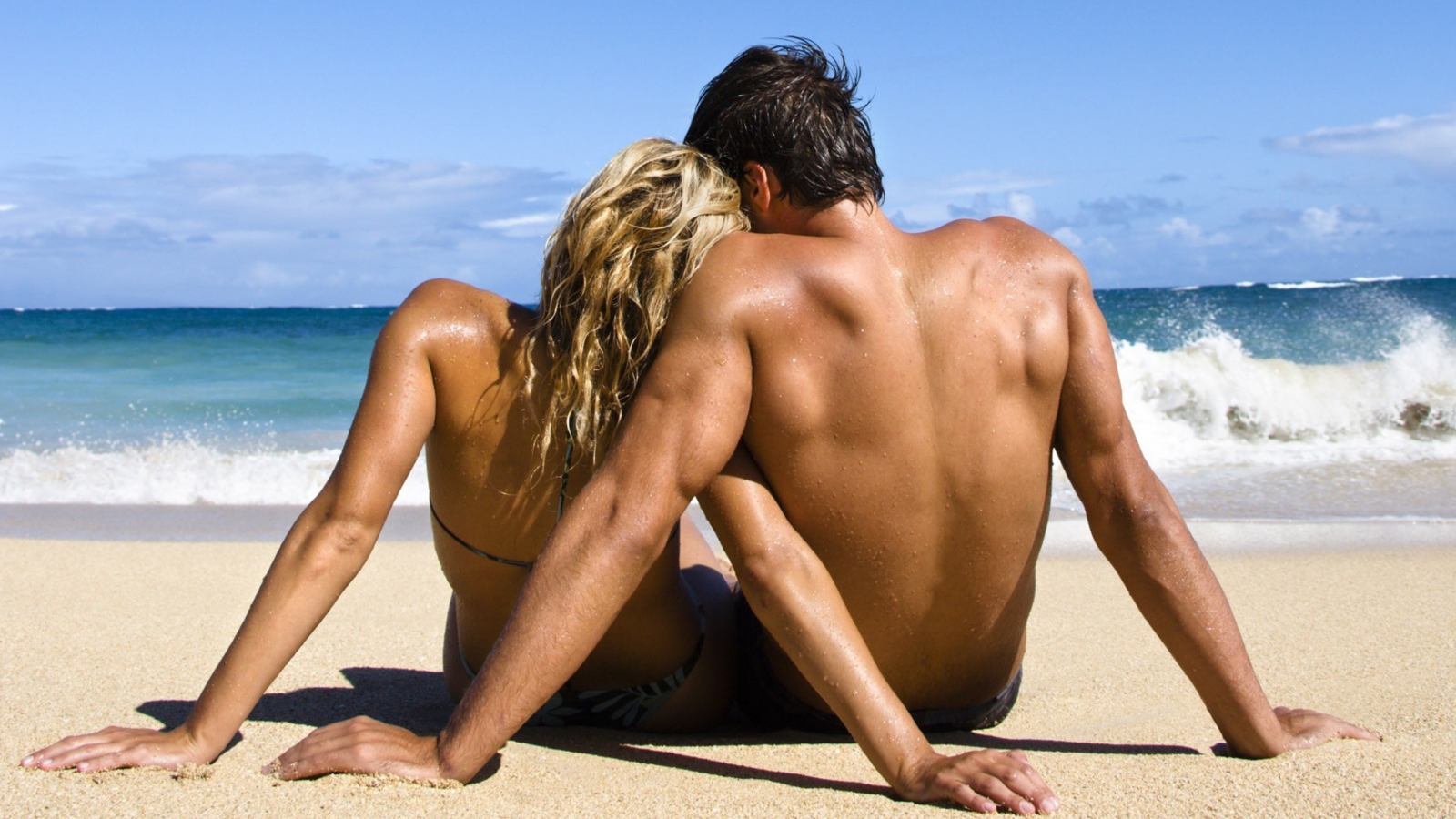Sun Tanning Effects Your Health and Overall Well-Being
Health Benefits From Sunlight and Ultra-Violet Light
UVA Light and Raising Endorphin Levels
Research from the Harvard Medical School determined that exposure to UVA light can result in a significant rise in endorphin levels. Endorphins are natural opiates produced in the brain that are characterized by a feeling of well-being and a rush of energy. The pineal gland, located in the center of the brain, coordinates most of our life-sustaining functions based on the light information it receives. These light cues affect growth and development, body temperature, blood cell count, fertility and the immune system.
Daily exposure to light also resets the circadian system, and the body’s internal clock. This system is responsible for moods, appetite, energy levels, behavior, sexual desire, and productivity. This would also explain why doses of sunlight can lessen the effects of “jet lag!”
Top Cancer Doctor Says You SHOULD Have a Sunbed Session
Professor Tim Oliver – January 24th, 2009
“The message from doctors has long been unequivocal – there is no such thing as a safe suntan because sun exposure causes skin cancer. However, despite being a cancer expert myself, I have just spent the past four weeks on holiday in South Africa, where I made sure I got out into the sun every day. Current medical advice is to cover up in the sun, but I believe the health benefits of exposure to its UVA and UVB rays greatly outweigh the disadvantages, even if that means using a sunbed during winter months. This is because the body converts sunshine into Vitamin D, a substance that helps build a healthy immune system and strong bones, and may even fight off depression and cancer.
Vitamin D is known to play a vital role in metabolism of calcium, which is needed for strong bones. And last week a new study revealed it may help stave off Alzheimer’s Disease. Research on English adults aged 65 and over showed that as their Vitamin D levels decreased, mental impairment increased. Deficiency can also cause Osteomalacia – a weakening of the bones that may cause rheumatism or chronic backache – and children can develop rickets, a condition in which the bones do not develop properly.
Research has shown that without it we are more prone to everyday infections such as colds and flu, and also more worrying ones, such as tuberculosis (TB). But perhaps more surprisingly, there is also evidence that Vitamin D could protect us from cancer. Recent studies have found those countries with the most annual sunshine have the fewest cases of colon, prostate and breast cancer (although exactly what role Vitamin D plays isn’t totally clear in these instances). In one case, sunshine exposure was linked to a 40 per cent reduced risk of prostate cancer. And research published in the American Journal Of Clinical Nutrition in 2007 reported a possible reduction of breast cancer in women who took Vitamin D tablets.
The idea that Vitamin D is essential for good health is not new; nor is the connection to sunlight. In Britain just after the turn of the 19th Century, children in cities had less exposure to sunlight and became crippled by rickets. It was also discovered that TB – which was commonplace – could be treated with cod liver oil, another good source of Vitamin D, and sunlamps – early versions of sunbeds that provide artificial UV light similar to sunlight. But in more recent years, antibiotic-resistant strains of diseases such as TB are emerging, proving that medicine may no longer be enough.
Combine the anti-sun skin cancer message and the trend for young people to play indoors on computer games rather than running around outside and there is the potential for a health crisis. In 2009 we are simply not getting enough sunlight to make the Vitamin D we need to stay healthy. Dietary sources of Vitamin D include oily fish, liver, eggs and fortified foods such as cereals, margarine and powdered milk. There are supplements, such as cod liver oil, but it’s almost impossible to get sufficient Vitamin D from diet alone. A person would have to drink ten tall glasses of Vitamin D-fortified milk each day just to get the minimum levels.
There are several pills available in low doses (the European Recommended Daily Allowance is 5mcg). But, despite being a doctor, I am not a great fan of pill-taking, especially as there is controversy over what is a ‘safe’ level of the vitamin. In the early Fifties, use of Vitamin D supplements in food caused infants to die of heart and kidney failure. But, by contrast, it is impossible to overdose through sunlight exposure. The skin automatically switches to manufacturing pigment (resulting in a tan) when it has made enough Vitamin D. Sunshine really is the best source. This doesn’t mean you should throw yourself at a beach once a year and let yourself burn. The skin cancer message is right. Melanomas – tumors on the skin – are found on people who have burnt in the sun, particularly when young.
Best estimates from a recent World Health Organization report are that, on a sunny day, a fair-skinned person will achieve maximum Vitamin D production from exposing face and forearms to midday sunlight for five to ten minutes, up to three times a week. Short exposure gives the benefit and long exposure causes harm. Of course, in this country, sun can be hard to come by, especially during the winter. It’s during these times that many of us may benefit from the UV lamps used in sunbeds. Because the whole body is usually exposed, a single five to ten-minute session once every six weeks should be sufficient.
Those with darker skin may need up to eight times as much exposure as someone of a Caucasian background because their skin is more resistant to UV rays. The danger with sunbeds comes if they are used by children. The risk of melanoma increases for those who start using sunbeds under the age of 18. But a recent study of European melanoma rates found that in Sweden – where sunbed use is strictly regulated and tanning salons are supervised, preventing children from using them and protecting adults from over-exposure – there was less melanoma in sunbed users than in non-users. I doubt GPs will ever prescribe a short sunbed course to someone with a Vitamin D deficiency, but I don’t think there would be any harm if they did. Every little helps.
Tanning, whether by sunlight or sunbed, may cause pre-mature aging of the skin and skin cancer. Exposure to UV-B, whether by sunlight or by sunbed, produces Vitamin D in the body. However, mild exposure to UV-B is sufficient. Tanning is not required to generate Vitamin D. Vitamin D levels in the body may be maintained or increased by oral supplements without tanning. Increased Vitamin D levels have been associated in some studies with a reduced risk of such conditions as breast, colon, prostate and ovarian cancers, multiple sclerosis and diabetes. These associations have not been proven conclusively. Further information on Vitamin D and human health is available at Pubmed.com, the site of the United States National Institutes of Health.”
——— TAN LA’S RESPONSE:
As many of you may already have heard, there has been a recent bashing of tanning beds in the media as of late due to a new WHO classification. We would like to clarify much of the misleading hype and put things into perspective.
“…International cancer experts have moved tanning beds and other sources of ultraviolet radiation into the top cancer risk category, deeming them as deadly as arsenic and mustard gas…”
It’s absolutely preposterous to make the comparison between sun beds and hazardous chemicals such as arsenic and mustard gas. The sun itself has been included in the top risk category since 1992, so it is no surprise that tanning beds that emit the same UV light would be included in this category. The WHO (World Health Organization) expects the world population to be naïve enough to believe that the single most important source of human life (the sun) is as deadly as poisonous gas.
“…A new analysis of about 20 studies concludes the risk of skin cancer jumps by 75 percent when people start using tanning beds before age 30…”
The study’s authors admit they did not adjust for outside sun exposure or sun sensitivity due to skin type. Even if the information is accurate, let’s examine the 75% risk increase and what it means with this example – Your relative risk of getting a fatal form or skin cancer is 0.12%. If that number increases by 75%, then your relative risk is still only 0.21%. So scare tactics are used to make you believe that 75% of tanners will develop skin cancer. From the above example you can see THIS SIMPLY IS NOT TRUE.
Also, most of the studies referenced above were conducted in the UK where a much greater percentage of the tanning population were skin type I. Skin type I burns very easily and very quickly and does not tan. Uvasun believes that those with skin type I should not be exposed to UVR. When skin type I was factored out of these studies, there is no evidence of an increased risk to skin cancer.
Additionally, of the 23 studies (some dating back to the 1980’s) 5 were excluded for unusable data, 6 had results that suggested tanning beds actually REDUCE the risk of cancer, and 16 had results within the margin of error.
“…Experts also found that all types of ultraviolet radiation caused worrying mutations in mice, proof the radiation is carcinogenic. Previously, only one type of ultraviolet radiation was thought to be lethal…”
This simply is not true, there have only been “casual” correlations between UVR and skin cancer. This is the same as saying we should avoid water altogether because every single fatal drowning has included water.
Additionally, the skin type of a lab mouse is significantly different than that of a human with skin type II-VI. At Tan LA, we believe that moderation is key and skin type I should not be exposed to UVR. Also, there is no reference to the amount or intensity of UVR that the mice were exposed to, this seems to be an intentional omission.
“…The new classification means tanning beds and other sources of ultraviolet radiation are definite causes of cancer, alongside tobacco, the hepatitis B virus and chimney sweeping, among others…”
The “others” that are included in this category are red wine, beer, and fish. This is another intentional omission considering the WHO has also conducted studies that conclude red wine in moderation is good for hearth health and fish in moderation can help lower bad cholesterol. Is it not absurd to say “a glass of merlot is as lethal as mustard gas”?
The key word here is moderation. Moderate UVR directly stimulates the production of Vitamin D which is necessary for our health and has been shown to fight many forms of internal cancer. Therefore it is also absurd to conclude that “moderate exposure to UV is as lethal as arsenic”.
“…But as use of tanning beds has increased among people under 30, doctors have seen a parallel rise in the numbers of young people with skin cancer. In Britain, melanoma, the deadliest kind of skin cancer, is now the leading cancer diagnosed in women in their 20s. Normally, skin cancer rates are highest in people over 75…”
ince 1974 the number of dermatologists offices has nearly doubled from 5,700 to 10,700 by 2006 in the US. This is four times greater than the increase in US population during that same time period. Undoubtedly, many more Americans are visiting dermatologists and the screening of skin cancer has greatly improved thus leading to more detection.
An interesting correlation to this data is the increased usage of sunscreens. During this same time period, the sunscreen industry grew from just a few million dollars in revenue per year to $35 billion. So, using the same logic can’t we then say that there is a definite correlation between the increased use of sunscreen and the increase in skin cancer detection?
We appreciate you taking the time to read our responses. Now get in here for your Vitamin D! Hope to see you soon.
~ The Staff of Tan LA










